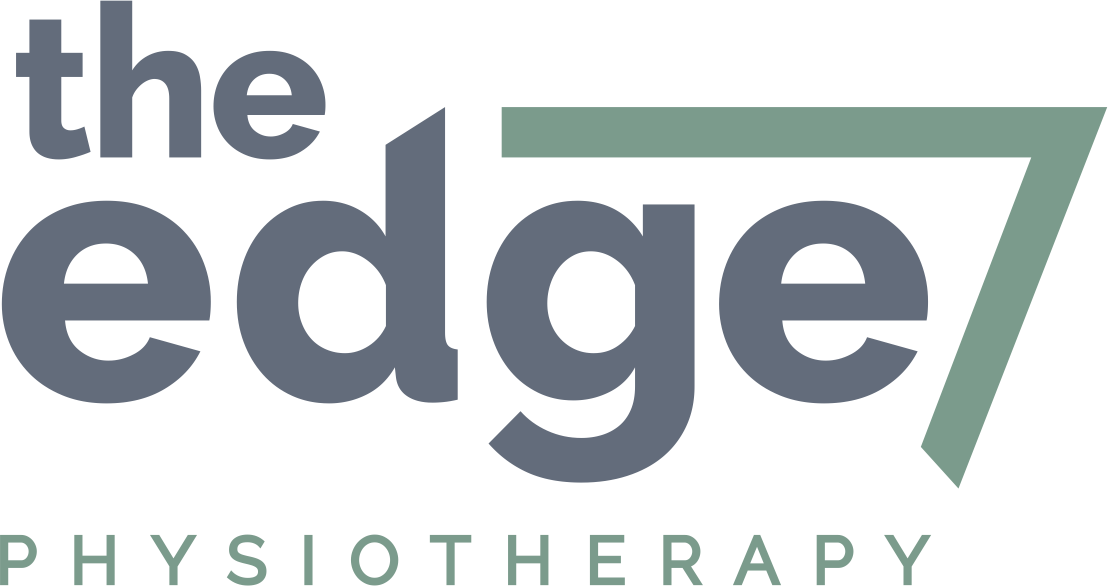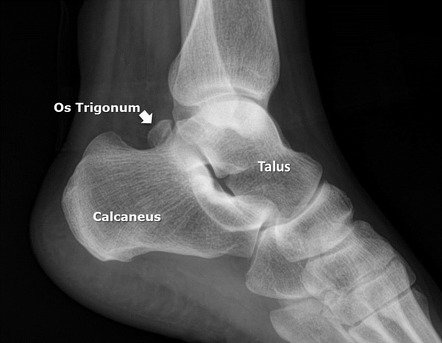My daughter has a stiff foot when on pointe
Pointe Dynamic Arts in The Southern Highlands is one of the many local schools offering ballet
“My daughter started pointe work about a year ago and since then she has gradually gotten a more stiff foot when she goes up on pointe”
As described in previous posts, pointe work is a massive leap from dancing on demi. There are so many things about pointe shoes themselves that aren’t natural, it isn’t natural to balance on the base of support that is equivalent in size to a 50c piece. I spend so much time working with students towards pointe training, with rigorous conditioning programs alongside regular classical classes through their studio. It is important to condition the body and the mind for pointe training in order to be successful..
A “stiff” foot can be caused by many things. So here are a few:
In a dancer who does regular end of range pointe loading, 180 degrees of ankle plantar flexion range, should have an individual assessment to see if they have the control, range and strength to do it. One of the most common reasons for lack of pointe range is posterior impingement at the back of the ankle. This can be due to soft tissue irritation or boney development at the back of the ankle (Os Trigonum - see below) or due to the individual shape of the talus as it is variable from person to person. A controversial topic in the dance medicine industry to be sure, posterior impingement has a variety of treatments available from changing dance shoes, gait retraining, shoe assessment, taping, ice, NSAIDs, manual therapy, lower limb strength and alignment training, immobilisation and lastly surgery. But apart from that, in my mind, it is interesting in how it develops in the first place. It is essentially the bodies defence mechanism, saying stop doing pointe work! Which doesn’t suit many of the dancers out there at all.
Another reason for ankle stiffness on pointe can include soft tissue irritation through the back of the ankle, again caused by inappropriate loading mechanics. The midfoot is also a culprit here, a row of bones in the middle aspect of the foot can become overloaded with continued jumping and plantar flexion loading that is uncontrolled. Lastly it can come down to Flexor Hallicus Longus being overloaded with rise from demi to pointe. FHL is the muscle behind rise from demi to pointe, the big toe power house, which can become overloaded due to weak ankles, weak intrinsic foot muscles and calf, and poor pointe shoe fitting. Needless to say, appropriate pointe shoe fitting can be a factor here, which is why I always ask patients to bring their pointe shoes with them to check they haven’t outgrown them, that they aren’t worn out or just aren’t quite the right fit.
What’s important is that you have a correct diagnosis for your child’s condition, before implementing a treatment plan which can include seeing an experienced dance physiotherapist such as myself, who can modify the treatments based on what is causing the issue. Possible imaging to rule out boney influences on pointe range and loading can be useful, I like to get an x-ray of the patient in their pointe shoes on pointe, just to have the diagnosis confirmed.. Jumping ahead to foot manipulations and stretching regimes with uncomfortable devices is never a good long term strategy and more often that not leads to patient frustration and ultimately a students loss of love of the sport.
For pointe and conditioning assessments, you can contact me via our social media platforms or our contact form.
Sam


